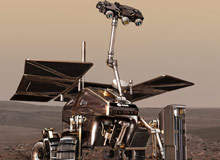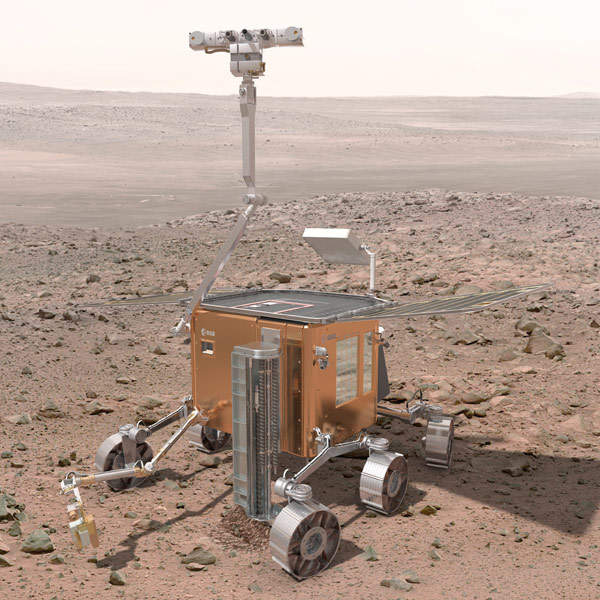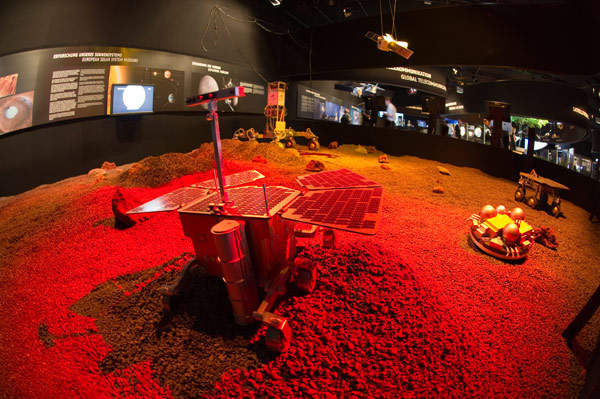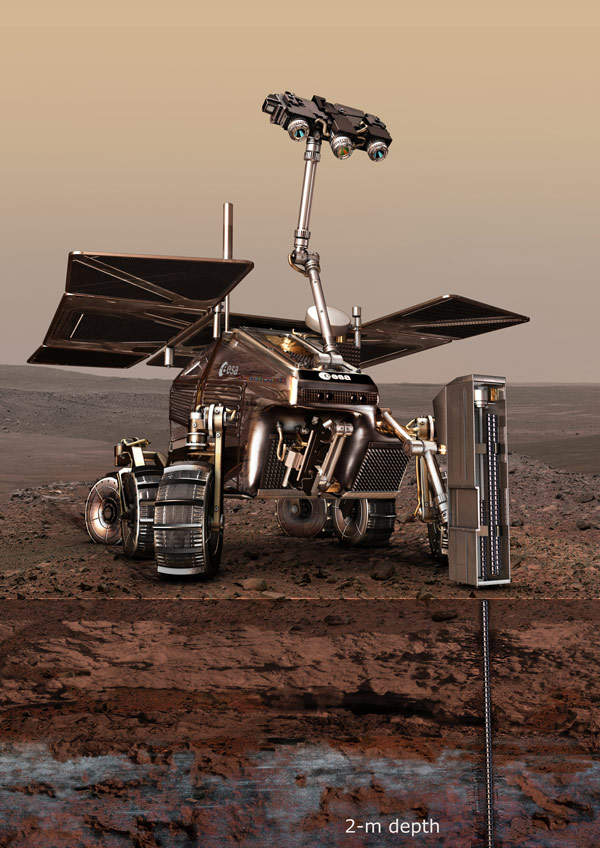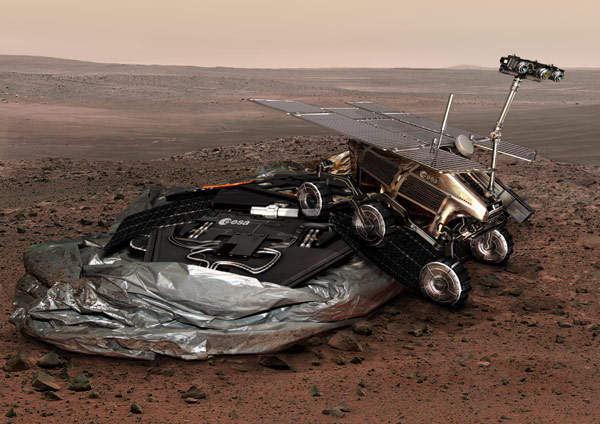Exobiology on Mars (ExoMars) is a joint Mars exploration project being run by the European Space Agency (ESA) and Russian Federal Space Agency (Roscosmos). The project has been launched to study the past and present signs of life on Mars and the climate and geology of the red planet, as well as to gain more knowledge of the Martian environment.
ExoMars comprises a trace gas orbiter (TGO), two entry, descent and landing demonstrator modules (EDM), and a rover. These mission elements were planned to be sent to Mars in two launches atop a four-stage ‘Proton’ rocket launcher.
The first launch carried the TGO and the first EDM, referred to as Schiaparelli, from the Baikonur Cosmodrome, Kazakhstan, launch site in March 2016, to identify exploration targets for the rover. The EDM was planned to be released onto Mars in October 2016. The rover and second EDM would then be launched in May 2018 to explore the targets identified by the first EDM.
The project was initially undertaken jointly by Nasa and the ESA. However, Nasa withdrew from the project in February 2012 due to budgetary constraints. ESA went ahead with the project in collaboration with a new partner, Roscosmos, in March 2012. Roscosmos confirmed its decision to provide two heavy-lift Proton rockets for supporting the project and signed a formal contract with ESA in March 2013.
Key elements of the Mars exploration project
The TGO will land the EDM on a predefined area of the surface of Mars for identifying the existence of methane and other atmospheric gases using on-board sensors.
The EDM will collect data related to Martian weather conditions and transmit it to the ground station, through the TGO. ESA will use this data to choose a suitable technology and exact location for landing the rover on Mars.
The rover will be landed on Mars by the second EDM, with the help of a parachute. Upon completion of the rover’s landing, the orbiter will be used as a telecommunication relay spacecraft for future missions until 2022.
The rover will collect soil samples by drilling the surface of Mars to a depth of two metres using a robotic driller. Collected samples will be crushed into powder at the in-built crushing station and transferred to the on-board analytical laboratory for modern scientific analysis.
Capabilities of the ExoMars rover vehicle and construction timeline
The ExoMars rover is designed for a lifespan of six years. The launch weight of the rover is approximately 220kg. It can survive in the cold Martian nights with the aid of batteries and heater units. It is equipped with two gallium arsenide solar arrays to produce the required electricity to charge its batteries.
The system preliminary design review of the 2018 mission started in the fourth quarter of 2014. The final acceptance and qualification reviews were scheduled for October 2017.
Origins of Exobiology on Mars and ESA Aurora Programme details
Development of the ExoMars rover was approved by the Space Minister of Europe in December 2005. The rover is being developed under the Aurora Programme, launched by the ESA as a flagship mission.
MacDonald Dettwiler and Associates (MDA) and EADS Astrium were awarded a €1m ($1.3m) contract by the ESA in 2007 to design and manufacture an ExoMars prototype chassis.
Thales Alenia Space (TAS) is responsible for the design and manufacture of the EDM, TGO, analytical laboratory drawer and Pasteur payload instruments. EADS Astrium is involved in the development of the rover itself.
TAS was awarded a €98m ($128m) extension contract by the ESA in August 2010.
Technology and equipment on the ExoMars exploratory rover
The ExoMars rover features six-wheeled locomotion with full 210 of freedom capability to increase surface mobility, enabling it to climb slopes with loose soil.
It is fitted with autonomous navigation stereo cameras and an on-board computer to create 3D digital maps without the intervention of ground controllers in moving the vehicle. It also has a service module compartment and Pasteur payload laboratory.
Close-up collision avoidance cameras are mounted on the vehicle to ensure its safety. The motion control robustness was improved by inclinometers and gyroscopes.
Other equipment includes an infrared borehole spectrometer, Mars oxidant and organics detector, Raman spectrometer, shallow ground-penetrating radar, gas chromatograph-mass spectrometer, Mossbauer spectrometer, visible and infrared microscope, X-ray diffractometer and IR Fourier interferometer.
Ground station of ESA’s and Roscosmos’s scientific study project
ExoMars is controlled and tracked from a ground station using a Doppler tracking radar data system. The on-board computer transmits commands to the rover via the TGO.

